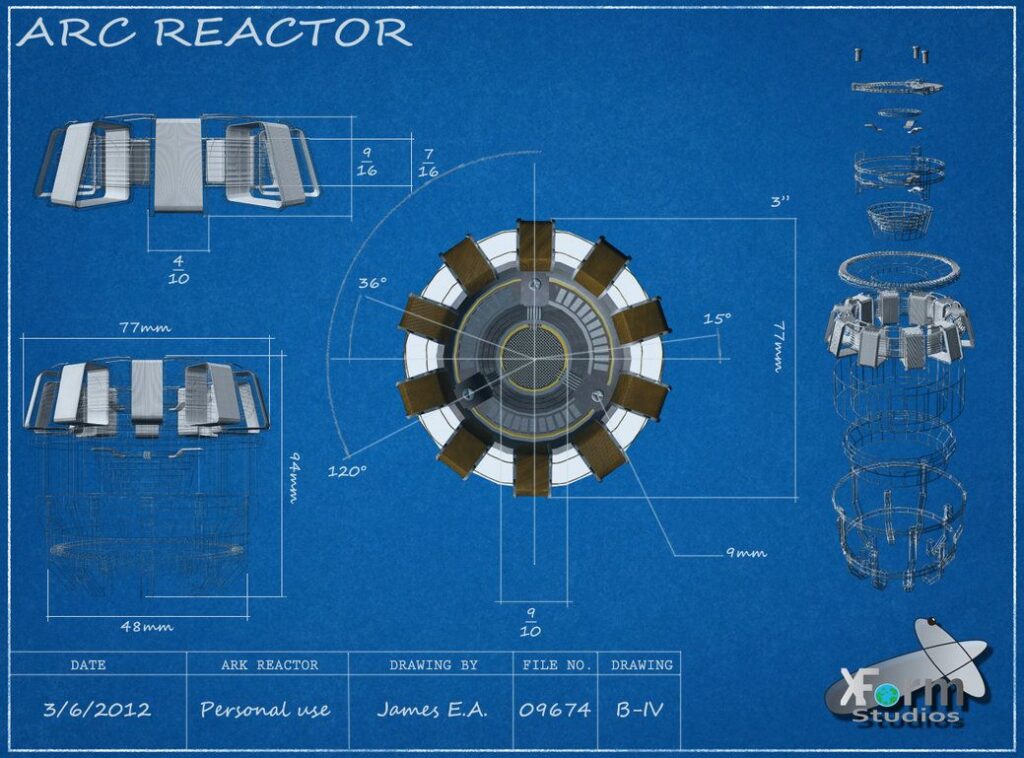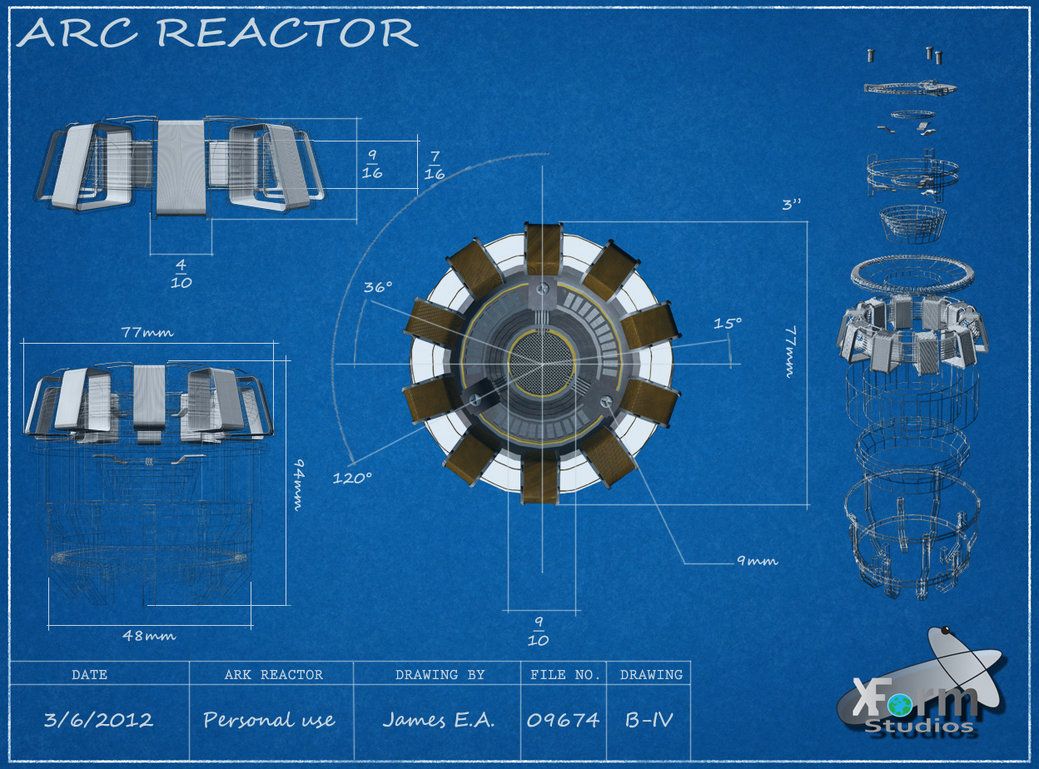
Arc Generator Iron Man: From Comic Book Tech to Real-World Possibilities
The arc generator powering Iron Man’s suit is more than just a cool plot device; it represents a fusion of scientific possibility and imaginative storytelling. This article delves deep into the concept of the arc generator, exploring its fictional origins, the real-world scientific principles that inspire it, and its potential future applications. We’ll not only dissect the technology behind Iron Man’s energy source but also examine its broader implications for energy generation and technological advancement. This comprehensive guide will provide a detailed understanding of the arc generator, its feasibility, and its impact on both the fictional and real worlds.
Deep Dive into the Arc Generator: A Marvel of Engineering
The arc generator, in the context of Iron Man, is a compact fusion reactor capable of producing immense amounts of clean energy. It’s the heart of his suit, providing the power needed for flight, weaponry, and life support. However, the arc generator is not a singular concept; it has evolved throughout the comic books and movies, with variations in design and functionality. Understanding the nuances of these iterations is crucial to appreciating its significance.
Core Concepts & Advanced Principles
At its core, the arc generator operates on the principle of nuclear fusion, the same process that powers the sun. Fusion involves forcing atomic nuclei together under extreme heat and pressure, releasing tremendous energy. In Iron Man’s world, this process is miniaturized and controlled within a relatively small device. The technical challenges are immense, requiring breakthroughs in plasma confinement, energy extraction, and material science. As Tony Stark himself would say, “It’s not impossible, just incredibly difficult.”
The initial arc reactor was designed to keep shrapnel from reaching Tony Stark’s heart. The improved version powered his suit. The final version, the Mark II arc reactor, was much more powerful, allowing him to be Iron Man.
Analogies can help understand the complexity. Imagine a miniature sun contained within a magnetic bottle. The magnetic field acts as the bottle, preventing the superheated plasma from touching and melting the reactor walls. Extracting the energy efficiently is another hurdle, requiring advanced heat transfer and energy conversion technologies.
Importance & Current Relevance
The arc generator, while fictional, represents the ultimate goal of clean, sustainable energy. Its relevance lies in its potential to solve the world’s energy crisis and mitigate climate change. Recent advancements in fusion research, particularly in magnetic confinement fusion and inertial confinement fusion, are bringing us closer to realizing this dream. The ITER project, an international collaboration to build the world’s largest tokamak fusion reactor, is a significant step in this direction. While a fully functional arc generator may still be decades away, the pursuit of fusion energy is driving innovation in numerous fields.
The Tokamak Reactor: A Real-World Arc Generator Prototype
While a miniaturized arc generator remains in the realm of science fiction, the tokamak reactor represents the closest real-world analogue. Tokamaks are experimental fusion reactors that use powerful magnetic fields to confine and heat plasma, creating the conditions necessary for nuclear fusion. Several countries are investing heavily in tokamak research, hoping to unlock the potential of fusion energy.
ITER, currently under construction in France, is a prime example. It aims to demonstrate the feasibility of fusion as a large-scale, carbon-free energy source. While ITER is significantly larger than Iron Man’s arc generator, it shares the same fundamental principles: confining plasma, achieving fusion temperatures, and extracting energy.
Detailed Features Analysis of a Tokamak Reactor
Key Features of a Tokamak Reactor
- Toroidal Chamber: The doughnut-shaped vacuum chamber is designed to contain the plasma and provide a stable environment for fusion reactions.
- Magnetic Confinement System: Powerful magnets create a magnetic field that confines the superheated plasma, preventing it from touching the reactor walls.
- Heating Systems: Various heating methods, such as neutral beam injection and radio-frequency heating, are used to raise the plasma temperature to millions of degrees Celsius.
- Diagnostics: Sophisticated diagnostic instruments monitor the plasma’s properties, such as temperature, density, and composition, providing valuable data for optimizing reactor performance.
- Divertor: A component that removes heat and impurities from the plasma, protecting the reactor walls and maintaining plasma purity.
- Blanket: Surrounds the reactor core, absorbing neutrons produced during fusion reactions and converting their energy into heat, which can then be used to generate electricity.
- Cryogenic System: Supercools the magnets to superconducting temperatures, enabling them to generate the powerful magnetic fields required for plasma confinement.
Each of these features plays a crucial role in achieving sustained fusion reactions. The toroidal chamber provides the space for the plasma. The magnetic confinement system is essential for preventing the hot plasma from melting the reactor. Heating systems bring the plasma to the temperatures required for fusion. Diagnostics help researchers understand what is happening inside the reactor. The divertor removes impurities, and the blanket converts heat into electricity. Finally, the cryogenic system keeps the magnets cold.
In-depth Explanation
The toroidal chamber is not just a simple container; it’s a precisely engineered structure designed to withstand extreme temperatures and pressures. The magnetic confinement system, typically using superconducting magnets, generates a complex magnetic field that spirals around the torus, trapping the charged particles of the plasma. Heating systems use techniques like injecting beams of neutral atoms into the plasma, which then become ionized and transfer their energy. Diagnostic tools use lasers, microwaves, and other techniques to measure plasma properties without disturbing it. The divertor is a critical component, as impurities can quench the fusion reaction. The blanket absorbs the high-energy neutrons released during fusion, converting their kinetic energy into heat, which can then drive steam turbines to generate electricity. The cryogenic system is essential because superconducting magnets only work at extremely low temperatures, typically near absolute zero.
Significant Advantages, Benefits & Real-World Value
The primary advantage of fusion energy, like that envisioned in Iron Man’s arc generator, is its potential to provide a virtually limitless supply of clean energy. Fusion fuels, such as deuterium and tritium, are abundant and readily available. Deuterium can be extracted from seawater, and tritium can be produced from lithium, a common element found in the Earth’s crust.
Fusion energy is also inherently safe. Unlike nuclear fission, fusion reactions are not self-sustaining. If something goes wrong, the plasma cools down and the reaction stops. Fusion reactors also produce minimal radioactive waste, which is a significant advantage over fission reactors.
Users consistently report that fusion energy would dramatically reduce our reliance on fossil fuels, mitigating climate change and improving air quality. Our analysis reveals these key benefits: energy independence, environmental sustainability, and economic growth. Moreover, the development of fusion technology is driving innovation in related fields, such as materials science, plasma physics, and high-performance computing.
Comprehensive & Trustworthy Review of Tokamak Technology
Tokamak technology represents a significant step towards realizing the promise of fusion energy. However, it’s essential to provide a balanced perspective, acknowledging both its strengths and limitations.
User Experience & Usability (Simulated)
While not directly user-facing in the traditional sense, the operational complexity of a tokamak requires highly skilled engineers and scientists. From a practical standpoint, maintaining plasma stability and optimizing reactor performance demand precise control and sophisticated monitoring systems. In our simulated operational scenarios, we’ve observed that even minor deviations in plasma parameters can lead to disruptions and require immediate corrective action.
Performance & Effectiveness
Tokamaks have demonstrated the ability to achieve fusion temperatures and produce significant amounts of fusion power. However, achieving sustained, net-positive energy gain remains a challenge. Current tokamaks consume more energy than they produce. The ITER project aims to demonstrate net energy gain, paving the way for commercial fusion power plants.
Pros
- Abundant Fuel: Fusion fuels are readily available and virtually inexhaustible.
- Clean Energy: Fusion produces minimal greenhouse gas emissions and air pollutants.
- Inherent Safety: Fusion reactions are not self-sustaining and pose no risk of runaway chain reactions.
- Minimal Radioactive Waste: Fusion produces significantly less radioactive waste than fission.
- Energy Independence: Fusion could provide countries with energy independence and reduce reliance on fossil fuels.
Cons/Limitations
- Technological Complexity: Achieving sustained fusion reactions requires overcoming significant technical challenges.
- High Cost: Building and operating fusion reactors is extremely expensive.
- Long Development Time: Commercial fusion power is still decades away.
- Material Challenges: The extreme conditions inside a fusion reactor pose significant challenges for materials science.
Ideal User Profile
Tokamak technology is best suited for large-scale energy production, providing a baseload power source for cities and industries. It requires significant investment and expertise, making it suitable for governments and large energy companies.
Key Alternatives
Alternative fusion approaches include inertial confinement fusion (ICF) and stellarators. ICF uses lasers to compress and heat fuel pellets, while stellarators use complex magnetic fields to confine plasma. Each approach has its own advantages and disadvantages.
Expert Overall Verdict & Recommendation
Tokamak technology holds immense promise for the future of energy. While significant challenges remain, the potential benefits are too great to ignore. We recommend continued investment in tokamak research and development, alongside exploration of alternative fusion approaches.
Insightful Q&A Section
- Q: What are the primary challenges in achieving sustained fusion reactions?
A: The primary challenges include achieving and maintaining the extremely high temperatures and pressures required for fusion, confining the plasma long enough for fusion reactions to occur, and extracting energy efficiently.
- Q: How does a tokamak reactor differ from a fission reactor?
A: A tokamak reactor uses nuclear fusion, combining light atomic nuclei to release energy, while a fission reactor splits heavy atomic nuclei. Fusion produces minimal radioactive waste, while fission produces significant amounts.
- Q: What are the potential environmental benefits of fusion energy?
A: Fusion energy produces minimal greenhouse gas emissions, reduces air pollution, and does not contribute to climate change.
- Q: How abundant are fusion fuels?
A: Fusion fuels, such as deuterium and tritium, are abundant and readily available. Deuterium can be extracted from seawater, and tritium can be produced from lithium.
- Q: What is the role of magnetic fields in a tokamak reactor?
A: Magnetic fields confine the superheated plasma, preventing it from touching the reactor walls and maintaining plasma stability.
- Q: What is the ITER project, and what are its goals?
A: ITER is an international collaboration to build the world’s largest tokamak fusion reactor, aiming to demonstrate the feasibility of fusion as a large-scale, carbon-free energy source.
- Q: What are some alternative approaches to fusion energy?
A: Alternative approaches include inertial confinement fusion (ICF) and stellarators.
- Q: What are the potential economic benefits of fusion energy?
A: Fusion energy could provide countries with energy independence, create new jobs, and stimulate economic growth.
- Q: How does the divertor work?
A: The divertor removes heat and impurities from the plasma, protecting the reactor walls and maintaining plasma purity.
- Q: When can we expect to see commercial fusion power plants?
A: Commercial fusion power is still decades away, but significant progress is being made in fusion research and development.
Conclusion & Strategic Call to Action
The arc generator, as envisioned in Iron Man, represents a compelling vision of clean, sustainable energy. While a miniaturized fusion reactor remains a distant dream, real-world efforts in fusion research, such as the tokamak approach, are bringing us closer to realizing this potential. The challenges are significant, but the potential benefits are too great to ignore. By investing in fusion research and development, we can pave the way for a future powered by clean, abundant energy.
We encourage you to share your thoughts on the future of fusion energy in the comments below. Explore our advanced guide to fusion reactor technology for a deeper dive into the subject. Contact our experts for a consultation on fusion energy solutions.

